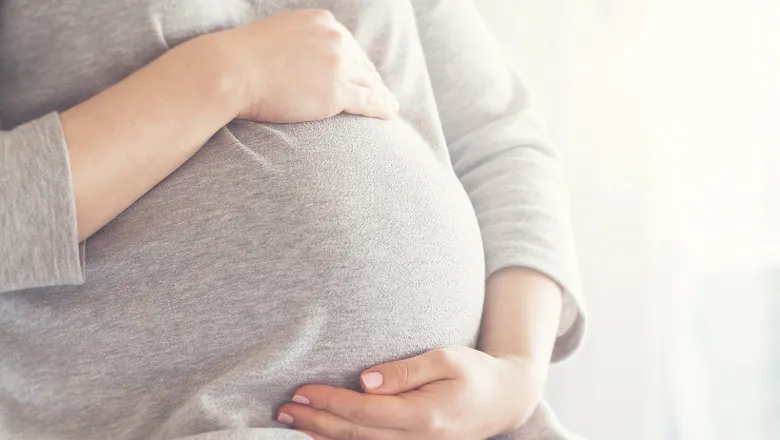Pregnancy hypertension outcome prediction tools were designed and validated for initial assessment of risks for mothers; this study shows that such ‘static’ tools when used repeatedly yield increasingly inaccurate predictions.
Professor von Dadelszen, Professor of Global Women's Health at King’s and co-senior author of the study
06 February 2025
Accuracy of pre-eclampsia risk prediction models found to deteriorate over time
A new international study has found that current models used to assess the risk for women with pre-eclampsia do not perform adequately if used repeatedly over time.

In the study, published in PLOS Medicine, data from almost 9,000 women diagnosed with pre-eclampsia during pregnancy showed that existing risk prediction models for severe complications are most accurate only in the two days after hospital admission, with deteriorating performance over time. The research was led by King’s College London, the University of Groningen and the University of Strathclyde.
Pre-eclampsia is the most dangerous form of high blood pressure (hypertension) in pregnancy. Of the women diagnosed with preeclampsia, 5-20% will develop severe complications.
Two existing PIERS (Pre-eclampsia Integrated Estimate of RiSk) models, PIERS Machine Learning (PIERS-ML) and fullPIERS, are designed to identify individuals at greatest or least risk of adverse maternal outcomes in the 48 hours following hospital admission for pre-eclampsia. However, both models are regularly used for ongoing assessment beyond the first 48 hours.
In the new study, co-led by Professor Peter von Dadelszen from King’s and Professor Henk Groen from the University of Groningen, researchers set out to determine whether these models should be used repeatedly over time.
The study used data from 8,843 women across twelve countries diagnosed with pre-eclampsia at a median gestational age of 36 weeks. Data included PIERS-ML and fullPIERS assessments as well as health outcomes.
The study found that neither the PIERS-ML nor fullPIERS model maintained good performance over time for repeated risk assessment in women with pre-eclampsia. The PIERS-ML remained generally good at identifying the very high-risk and very-low risk groups over time, but performance of the larger high-risk and low-risk groups deteriorated significantly after 48 hours. The fullPIERS model underperformed compared to the PIERS-ML model.
The study authors recommend that the fullPIERS and PIERS-ML tools should be used, when there is no better alternative, with greater caution, as women’s health risks may change over time as pregnancy progresses.
To more accurately monitor the change in risk over time, the researchers are currently working to develop tools that use data from an individual’s entire history since pre-eclampsia diagnosis, rather than just the snapshot of time used by static tools.
Read the full paper in PLOS Medicine.
